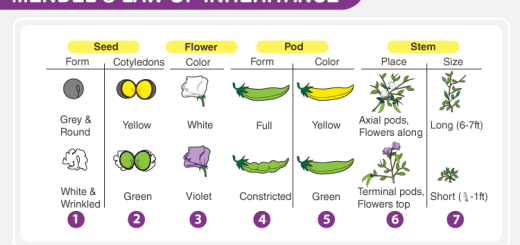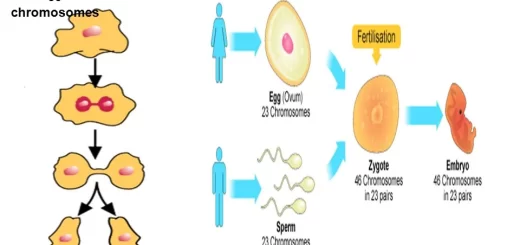Skeletal system, Appendicular skeleton structure and importance
The skeletal system consists of Axial skeleton and Appendicular skeleton, Appendicular skeleton consists of pectoral girdle and the upper limbs, The pelvic girdle and the lower limbs, The pectoral girdle is connected to the upper limbs of the appendicular skeleton while the pelvic girdle is connected to lower limbs of the appendicular skeleton.
The pectoral girdle and the upper limbs
The pectoral girdle
The pectoral girdle consists of two identical halves, where each half consists of (scapula and clavicle), the scapula is a triangular dorsal bone whose inner end is broad, while the outer end is pointed and has a process to which the clavicle is attached.
The clavicle is the ventral thin bone that is attached to the sternum anteriorly and to the scapula laterally, There is a cavity at the outer end of the scapula which called the glenoid cavity through which the articulation with the fore-limb (head of humerus) takes place, forming the shoulder joint.
Upper limbs
Each upper limb consists of Upper arm, Forearm and Hand bones, Upper arm that is supported by one bone called humerus, Forearm consists of two bones which are:
- Radius: It is small in size and can rotate around the fixed ulna.
- Ulna: its upper part has a depression where the inner projection of humerus fits into it.
Hand bones consist of:
- The wrist consists of two rows of 8 bones called carpals and their upper ends are attached to the lower part of radius (is not attached to the ulna), while their lower ends are attached to the bones of a hand palm.
- Hand palm consists of five long thin bones called metacarpals that are followed by the bones of five digits (fingers).
- Hand digits: five digits, where each one of them consists of three bones called phalanges, except the thumb which consists of two phalanges only.
The pelvic girdle and the lower limbs
Pelvic girdle
The pelvic girdle consists of two identical halves that are fused at the ventral side at a region called the pubic symphysis and each half consists of (dorsal ilium, pubis & ischium), where the dorsal ilium is attached.
- Anteriorly and ventrally to the pubis.
- Posteriorly and ventrally to the ischium.
At the position of attachment of the ilium and ischium bones, there is a deep depression called acetabulum into which the head of the thigh bone (femur) fits, forming the hip joint, The public symphysis is the region at which the identical halves of the pelvic girdle are fused at the ventral side.
Lower limbs
Each lower limb consists of Femur, Shank bones & Foot bones.
- Femur is the thigh bone and at its lower end, two big processes articulate with the shank at the knee joint that has a patella in front of it, Patella is a small rounded bone that found in front of the knee joint.
- Shank bones consist of two bones which are the inner tibia, the outer fibula.
- Foot bones consist of Ankle, Foot and Food toes.
The ankle consists of seven bones that are irregular in shape called tarsals and the largest one is that at the back which forms the heel.
Foot consists of five bones called metatarsals which are long, thin and ended with the bones of five toes.
Food toes: Five toes, where each of them consists of three bones called phalanges, except the big toe which has two phalanges only.
Bones function, types & structure, The skeleton & Curvature of Spine in Adults
Skeletal system, Axial skeleton (vertebral column, Skull & thoracic cage)
Skeletal system, Importance of Cartilages, Joints, Ligaments & Tendons



